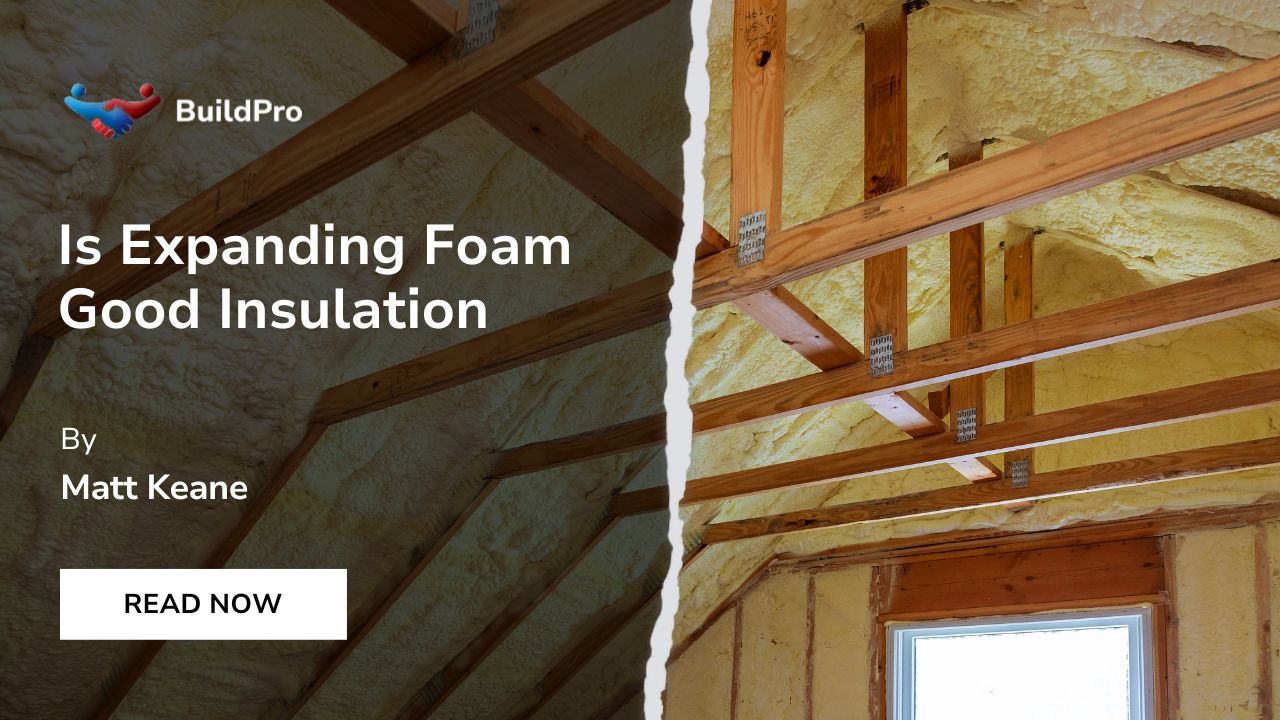Are you looking for ways to improve the energy efficiency and comfort of your home? Do you want to save money on your heating bills and reduce your carbon footprint? Cavity wall insulation could be your solution.
This method fills the space between your home's inner and outer walls with insulating material, effectively reducing heat loss. It's a smart way to keep your home cosy in winter and cool in summer, cutting down on energy use and emissions.
But how much does it cost to have cavity wall insulation? And is it worth it for your home? In this concise guide, we'll cover everything you need to know about cavity wall insulation, from its benefits and potential drawbacks to cost considerations and tips for choosing a trusted installer.
Get ready to transform your home's thermal performance and comfort.
What is Cavity Wall Insulation and How Does It Work?

A cavity wall is a type of wall construction that consists of two layers of bricks or blocks, with a gap or cavity between them. The cavity acts as a barrier to prevent moisture from penetrating the inner wall, but it also allows heat to escape from the inside of the house to the outside.
Cavity wall insulation is a way of filling this gap with a material that reduces the heat transfer through the wall. The material can be either blown or injected into the cavity, depending on the type and size of the wall.
The most common materials used for cavity wall insulation are:
- Mineral wool: This is a fibrous material made from rock or glass that is blown into the cavity using a hose and a machine. It is fire-resistant, water-repellent and durable, but it can settle over time and lose some of its effectiveness.
- Polystyrene beads: These are small plastic spheres that are injected into the cavity using compressed air. They are lightweight, moisture-resistant and stable, but they can be affected by pests and rodents, and they are not very eco-friendly.
- Foam: This is a liquid material that is sprayed into the cavity and expands to fill the space. It is flexible, airtight and long-lasting, but it can be expensive, flammable and difficult to remove
The process of installing cavity wall insulation usually takes a few hours, depending on the size and condition of the wall. The installer will drill small holes in the outer wall, at regular intervals, and insert the insulation material through them. The holes will then be sealed with cement or mortar to match the existing wall.
How Much Does It Cost to Have Cavity Wall Insulation in Ireland?

The cost of cavity wall insulation in Ireland can vary depending on several factors, such as:
- The size and shape of your wall, which determines the amount and type of insulation material needed.
- The location and accessibility of your wall, which affects the ease and duration of the installation process.
- The quality and reputation of the installer, which influences the price and service level they offer.
The average cost of cavity wall insulation in Ireland is between €7 and €10 per square metre, which could vary based on your specific situation.
The good news is that you may be eligible for a grant from the SEAI to help you cover some of the cost of cavity wall insulation. The grant amount for different property types are as follows:
- Apartment (any): €700
- Mid-Terrace: €800
- Semi-detached or end of terrace: €1,200
- Detached house: €1,700
You can apply for the grant online through the SEAI website.
What are the Benefits and Drawbacks of Cavity Wall Insulation?

Cavity wall insulation can have many advantages for your home, such as:
- Improving thermal performance of the wall, which means less heat loss and more even temperatures throughout the house.
- Saving money on energy bills, as you will need less heating or cooling to maintain a comfortable indoor climate.
- Reducing environmental impact, as you will use less fossil fuels and emit less greenhouse gases.
- Increasing property value, by improving the Building Energy Rating (BER) of your home, which is a measure of its energy efficiency and environmental performance.
- Enhancing sound insulation of walls, which can reduce the noise from outside sources, such as traffic or neighbours.
However, cavity wall insulation also has some potential drawbacks, such as:
- Not suitable for all types of walls, as some walls may have defects, dampness, cracks or irregularities that can affect the installation or performance of the insulation.
- Not effective for all types of heat loss, as cavity wall insulation only addresses the heat transfer through the wall, and not through other sources, such as windows, doors, roofs or floors. You may need to combine cavity wall insulation with other measures, such as double glazing, draught proofing or loft insulation, to achieve the best results.
- Not reversible, as it is difficult to remove once installed, and may cause damage to the wall or the insulation material. If you ever need to repair or replace your wall, you may have to remove the insulation as well, which can be costly and wasteful.
- Not guaranteed, as it may not last as long as expected, or may not perform as well as promised, depending on the quality of the material and the installation.
Conclusion
In summary, investing in cavity wall insulation can significantly enhance your home's energy efficiency and comfort, while also offering savings on energy bills and benefiting the environment. However, it's essential to approach this upgrade with careful consideration, involving a professional installer to ensure your home's suitability and the quality of the work.
For those in Ireland, BuildPro stands out as a reliable partner for your insulation needs. With over 20 years in the industry, we guarantee top-notch service, utilising the finest materials and offering competitive rates, including assistance with SEAI grant applications.
Reach out to BuildPro for a seamless upgrade to a more energy-efficient home.















